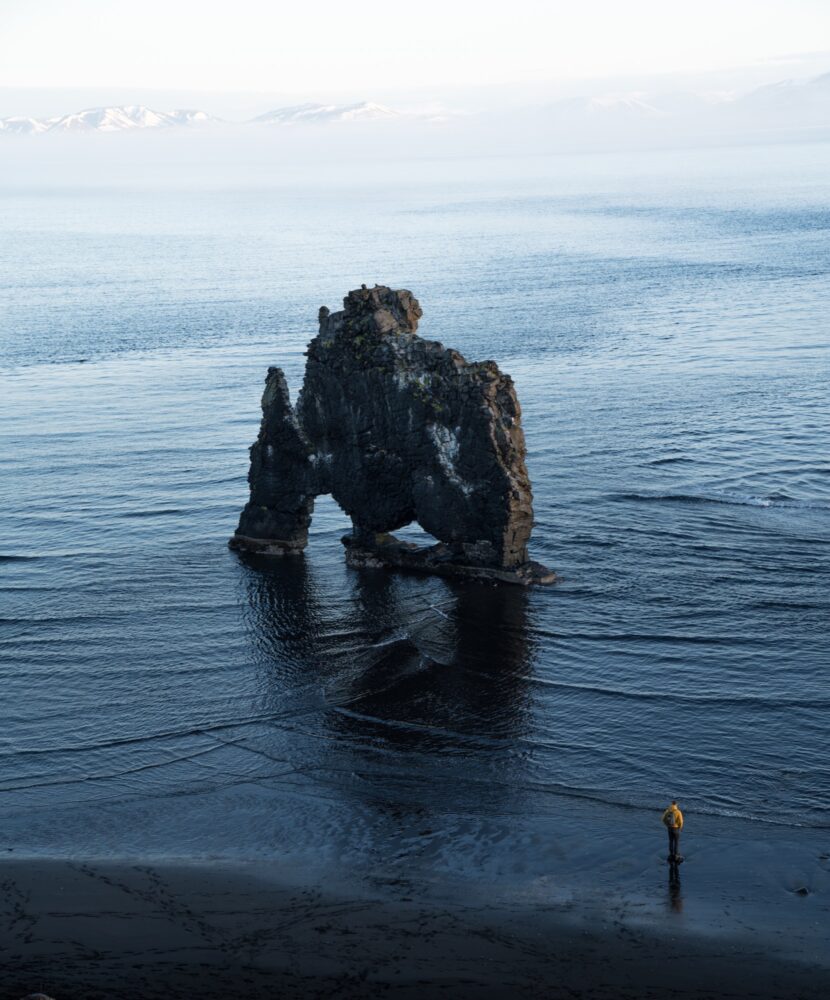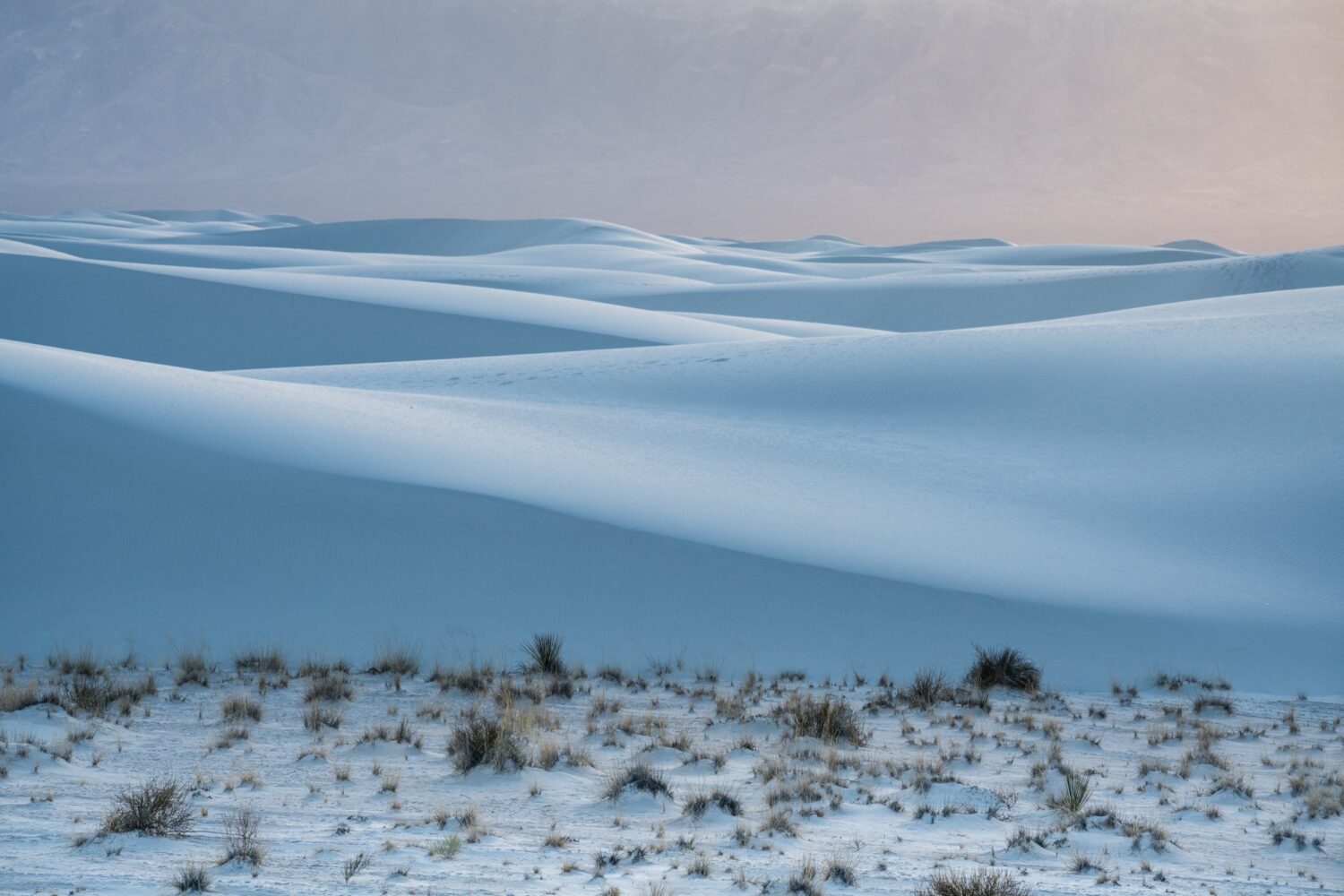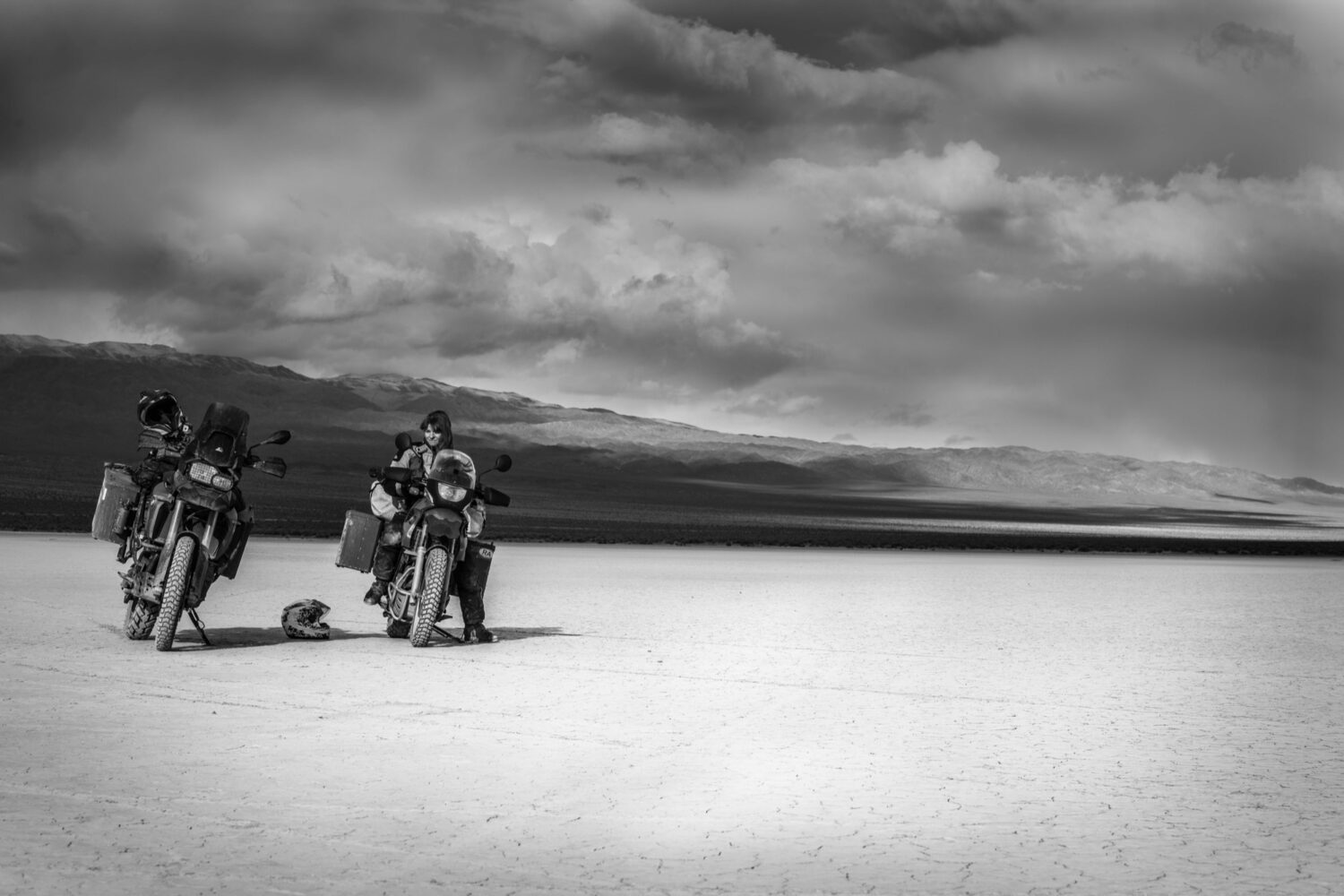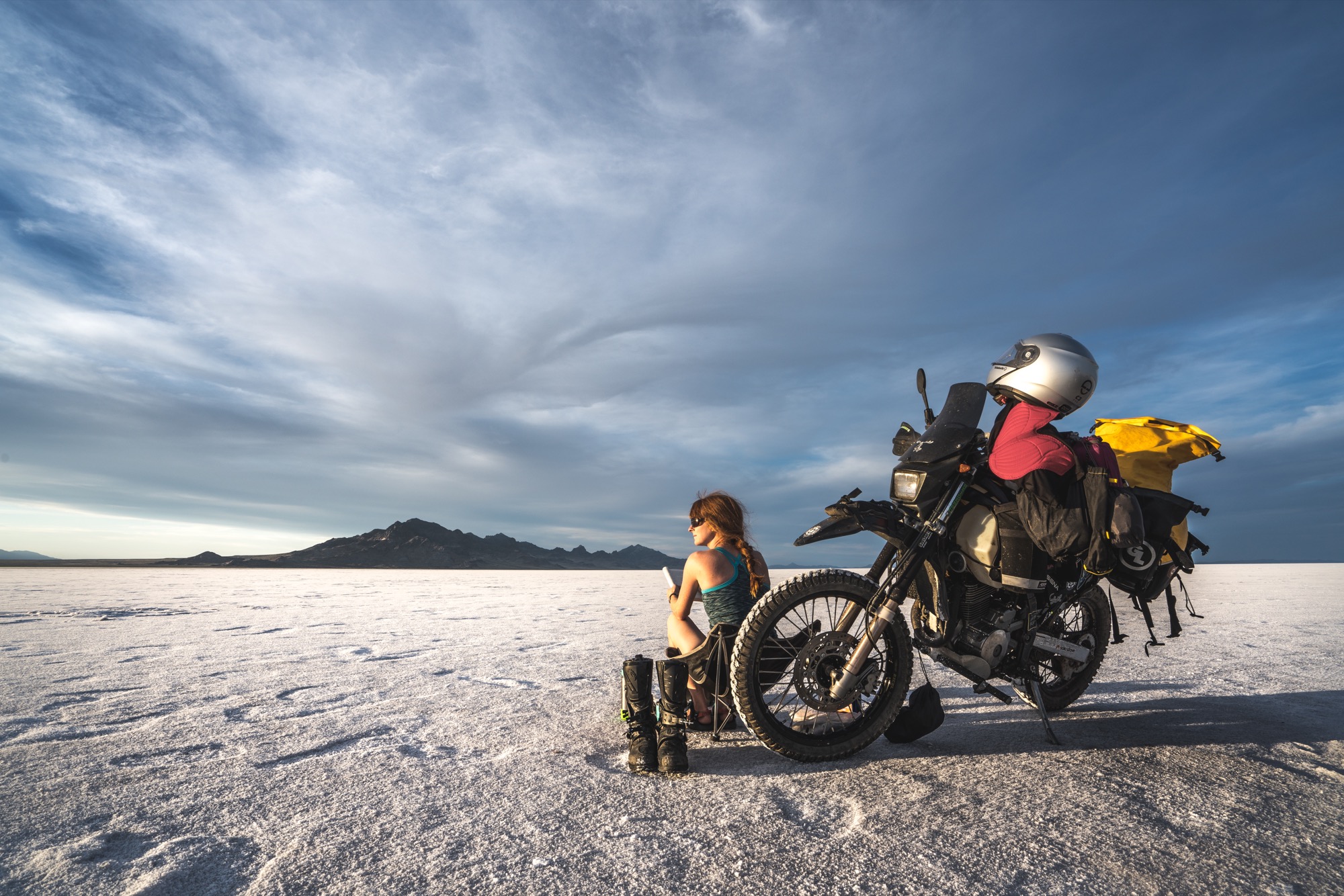Words by Lisa Morris, photography by Jason Spafford
Arguably, location is the most crucial aspect to consider when shooting minimalist landscapes. Certain places seem to lend themselves to minimalist photography more than others. Indeed, it’s possible to create minimalism in many locations with a carefully selected composition and the right lens. However, shooting from more remote sites can offer up a pleasing number of creative options. Let’s look at the basics to get you started using the bare minimum for maximum results.
Location, Location, Location: Good Minimal Practice
Coastal: Nowhere is more expansive than our seas, which you can enhance by flattening and smoothing out the ocean through a long exposure. Cue a dramatic rock formation or a lighthouse.

Deserts: They are the land equivalent of the ocean as minimalism goes, whether you’re capturing ripples in a dune, mudflats, or ice. Vast, uniform, and beautiful, a desert’s redeeming feature is the lack of human presence.

Mountains: There is much potential for minimalist features when you set the scene without too much going on in the image.
Striking Subjects: Minimal Justice
To draw attention to your minimalist landscape photo, a strong focal point will be key; it will play off against the negative spaces. Remove all other elements from the composition to allow the subject to leap out of the picture. Make the chief subject count, one that’s remotely situated and stands alone so you can capture the wide-open space across the rest of the frame.
Ideas for Main Focal Points
- Buildings: A church, lighthouse, hut, shelter, or red barn against a green hillside.
- Jetty: Gives a compelling leading line as you stare out to the sea and aligns with a long exposure.
- Person: When it doesn’t look staged, a single person can add greater narrative to the shot.
- Tree: A timeless contender in minimalism photography; locate a tree that’s well established and isolated from any others for that classic shot.

Dovetail With Other Techniques: Minimal Thinking
Minimalist landscapes naturally dovetail with other techniques. Apply a combination of these for impact.
Contrast: Be selective with only two or three colours for a striking result. Monochromatic photography also works well due to its intrinsic minimalism—predominantly black and white images with high contrast.
Harmony: Namely, keeping the same tone of colours within the image. Experiment with cooler shades or warmer notes. Even better for minimalism: retain the same colour, but in different hues.

Long exposure: Favourable outcomes of long exposure photography include soft, blurred clouds that are swiftly journeying across the sky or flattening the sea. Grab a tripod and expose for 30 seconds or more to see cloud movement, and at least 5 seconds to flatten the water. That smooth water will mirror the sky, further adding minimalism to your image. Begin with ISO 100 to maximise dynamic range and an aperture at f/11 to capture the foreground detail. Check the histogram and dial in the appropriate shutter speed to ensure the sky and clouds are not blown out.
Silhouette: When capturing a silhouette, you’ll be shooting towards the light and possibly towards a sunset or sunrise sky. Landscape features in your image will likely be blackened against a coloured sky, congruent with creating a minimalist photograph.
Composition Without Clutter: Minimal Intent
Where minimalism is concerned, photography becomes the art of subtraction. Aim to eliminate as many unwanted elements as necessary to keep the image as open as possible. A naturally uncluttered spot will aid you on what you wish to conceal versus reveal, but some composition tips can also help.
Expansive compositions: Allow a big amount of negative space to dominate the image. Keep the primary subject small at the bottom of the frame in the right or left third of the picture. The remainder of the frame should stay clean; a background with some gradation and texture can amplify the minimalist feel.
The rule of thirds: Typically employed as a tighter crop. To err on the minimal, compose slightly wider but keep the same proportions in your photo with a non-dominating focal point that won’t overpower.

The Lens
The lens you select is as critical as the scene for a minimalist landscape; it all depends on location.
Wide-angle: A lens that works beautifully for minimalism, you can employ it to create the prerequisite negative space. When you open out to wide focal lengths, there’s no need to hide distracting elements creeping into the frame. With the wide-angle lens, e.g., 16mm, you’ll need to be in an environment where you can get physically close enough to the principal subject.

Long focal length: Unlike the wide-angle lens, you can shoot your main subject from some distance away. The longer focal lengths allow you to compress a scene and zoom in. The challenge is to avoid compressing too much into the frame. Pick out a portion on the horizon that’s interesting without inviting too many additional elements. This focal length can be beneficial in a city setting that’s often too busy for minimalism yet has portions of the skyline that can be honed in on for that winning minimal shot.
Alter Your Perspective
When you’re striving for minimalism, changing one’s perspective works a charm. Simplify your image.
Bird’s eye: The world looks noticeably different from a higher angle looking down. The more you’re elevated, the more dramatic the effect.
Framing: The use of a frame around your photo’s landscape element can lead to a minimalist image. The landscape itself need not be minimalist in this case, so long as the surrounding frame boasts sufficient negative space to fulfil the minimalist criteria.

Worm’s eye: The other extreme is the worm’s eye view looking up. Capture a small amount of the horizon line, and make the remainder of the photo about the sky. This will give your image a minimalist feel.
Conclusion
Minimalist landscape imagery is much easier than you may think. The least complicated images can be the most powerful when applying the KIS principle: keep it simple because less is more. Landscapes and minimalist photography are two of today’s prevailing photography genres, so it’s logical to combine them. As landscape photographers, we are constantly bombarded with an excess of detail in each scene due to the overwhelming beauty Earth has on offer.

However, when you’re in the right location with the right lens, there are endless ways to capture something in the bare minimum and convey this lack of embellishment with the most understated but greatest impact. When you meter your surroundings correctly and do a quick check of the histogram, with a restricted tonal range and few but purposeful visual elements, there will be nothing stopping you from creating minimalist landscape photographs of stunning simplicity.


